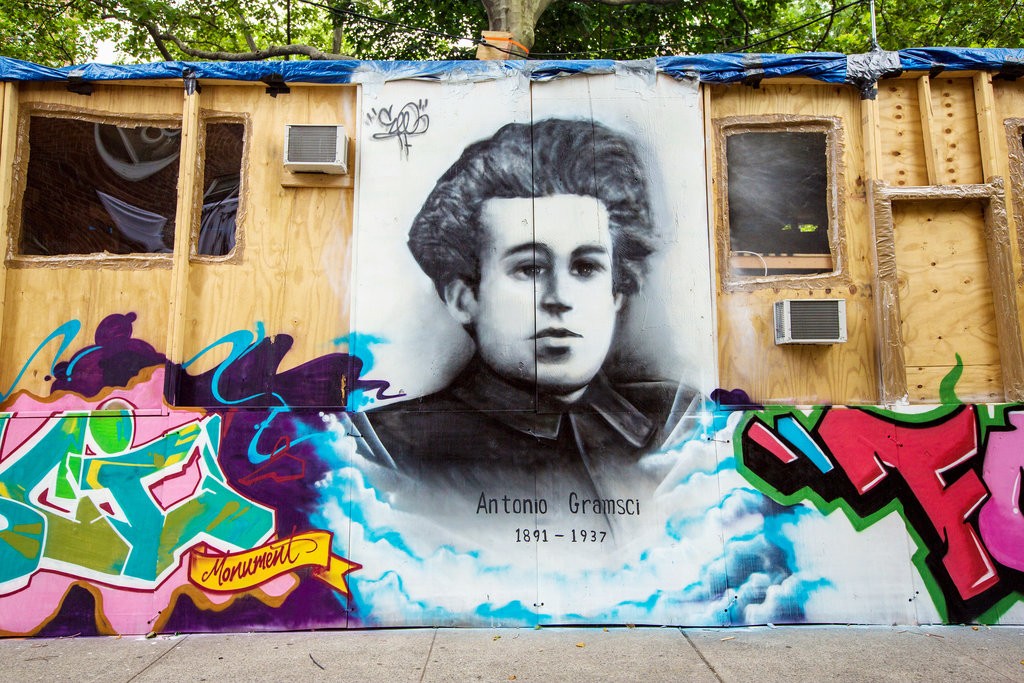At Art Practical, manuel arturo abreu critiques the political blindspots and ethical failures of social practice art. Emphasizing that good intentions do not “make inherently good acts,” abreu shows how social practice artworks usually fail to make any lasting impact in the communities they supposedly serve, and stresses that aesthetics and art-market value are the wrong criteria for measuring social good. Here’s an excerpt:
So the scales can tip toward harm fairly quickly, and it’s easy to see how social practice falls into the paradigm of what George Lipsitz calls the “white spatial imaginary,” where white intervention continues to present itself as an ethical act rather than as a facet of Black and Brown oppression. Were the veil of art to be taken away in Hirschhorn’s project, residents might see their collective activity as unpaid labor rather than as the creativity of the social made manifest. People on the street, being approached to talk about race, might see it as harassment from a stranger rather than as art. Consider one of the worst examples: In an attempt to address racism, Joe Scanlan invented a Black woman artist, rather than materially support Black women and organizations for and by Black women. Scanlan’s Donelle Woolford project is one of the most ethically contentious artworks of the past ten years.
More than anything, social practice reveals the strong desire for a malleable public: one that is open to be changed, that wants to participate or contribute labor, that accepts the terms of engagement, and that believes in the transformative power of Western art. The idea of a public is so fractured in this hyper-corporate, digital era that one can see where this yearning comes from, as well as the more general yearning for what people describe as “art that makes a difference.” But if one is simply instrumentalizing people as raw material for one’s art, the art world and the capitalist powers that guide it have equal responsibility to critically and ethically evaluate the longer-term stakes. Otherwise, the do-gooder veneer falls away to reveal the same quarterly, value-focused framework we see in other sectors of capitalist markets.
Image: Thomas Hirschhorn, Gramsci Monument, 2013. Via Art Practical.
